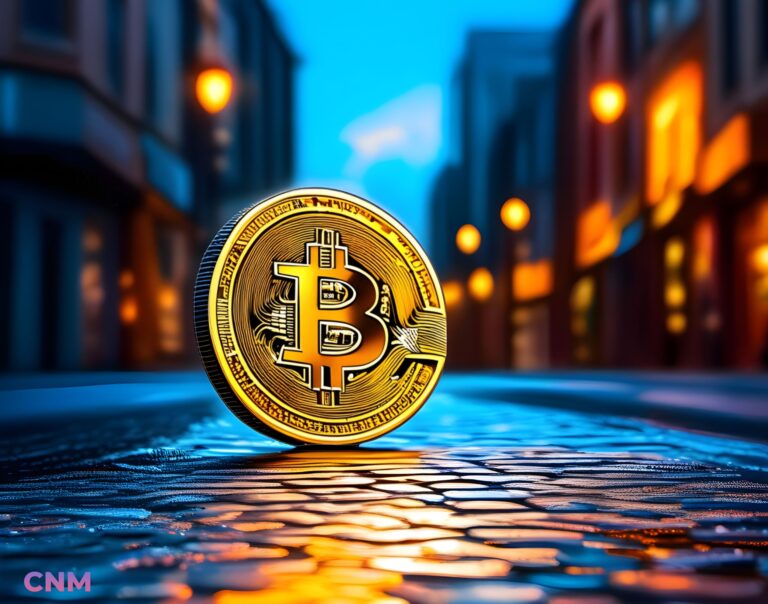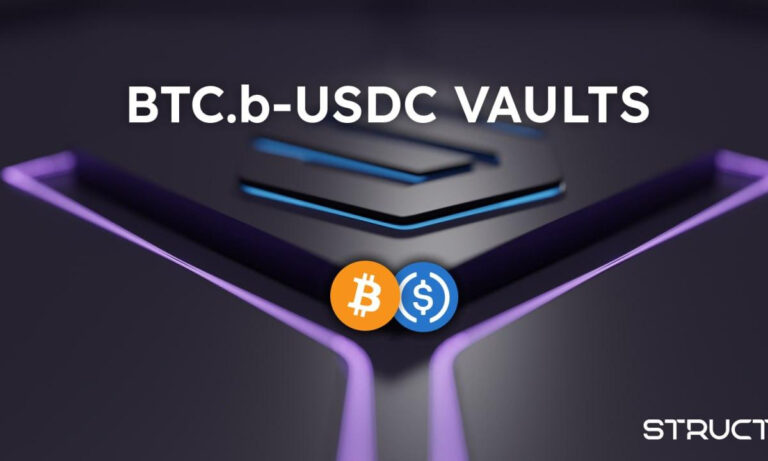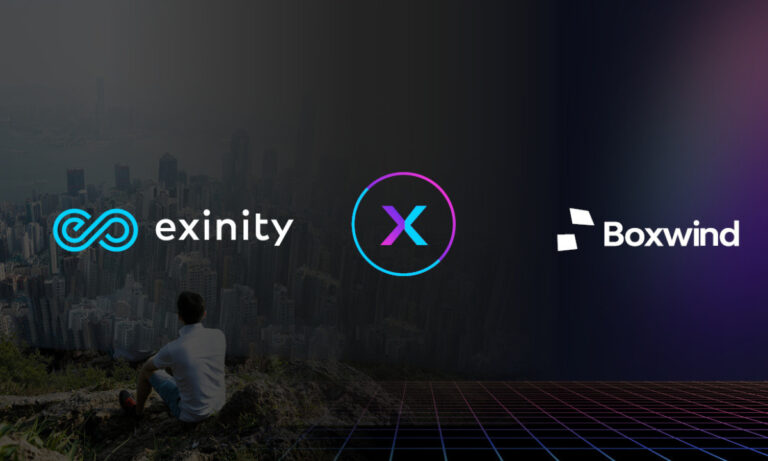Bitcoin NFTs: The Latest Buzz in Blockchain Technology

- Ordinals are unique tokens that use the Bitcoin blockchain to generate data, unlike other NFTs on the Ethereum network.
- Bitcoin Ordinals have the potential to expand Bitcoin’s use cases and create new opportunities in the Web3 market.
In the world of blockchain technology and cryptocurrencies, new concepts and terms are introduced frequently. One such concept that has gained popularity recently is “ordinals, Bitcoin NFTs”
What are ordinals?
Ordinals represent a new approach that utilizes the Taproot update to create a unique digital asset called an “Ordinal.” The Ordinals protocol which enables users to generate data directly on the Bitcoin blockchain was introduced by software engineer Casey Rodarmor in January 2023.
Unlike NFTs on the Ethereum network, which stores files on a server solely depending on off-chain storage solutions, Ordinals record data directly to each satoshi and enable smart contract code within a Bitcoin transaction to create NFT Ordinals.
A Satoshi is the smallest denomination of Bitcoin.
This method offers several advantages over traditional NFTs, this includes boosting the asset’s authenticity.
Ordinals represent a specific sequence or order of NFTs. In other words, an ordinal token is a unique identifier that signifies a particular order or sequence of NFTs. For example, an ordinal token can represent the first 100 NFTs in a collection or the 10th, 20th, and 30th NFTs in a series.
How do ordinals work?
Ordinals make use of blockchain technology, specifically smart contracts, which are self-executing pieces of code that run on the blockchain. The smart contract specifies the rules for the ordinal, including the sequence of NFTs it represents, the number of NFTs in the sequence, and the token’s ownership rules. Anyone can buy the ordinal token and become its owner once the smart contract is deployed on the blockchain.
Ordinals add a layer of scarcity and value to NFTs. By creating an ordinal token, you can create a limited edition of NFTs that are only available to the owners of the token. This creates a sense of exclusivity and rarity that can increase the value of both the ordinal token and the NFTs that it represents.
Ordinals also provide a way to monetize NFT collections. By creating an ordinal token for a collection, the creator can sell the token separately from the NFTs. This allows the creator to earn revenue from the sale of the token and the NFTs separately.
Finally, ordinals can be used to create games and competitions based on the sequence of NFTs. For example, an ordinal token can represent a set of rare NFTs that are scattered throughout a larger collection. The first person to claim all the NFTs in the sequence represented by the ordinal token can win a prize or unlock a special reward.
Conclusion
Ordinals are gaining popularity on the Bitcoin blockchain and are becoming a new standard for digital art ownership and authentication. NFT Ordinals could be worth $4.5bn by 2025.
As the use of Bitcoin NFTs continues to grow, we can expect to see more creative uses of ordinals in the future.











+ There are no comments
Add yours